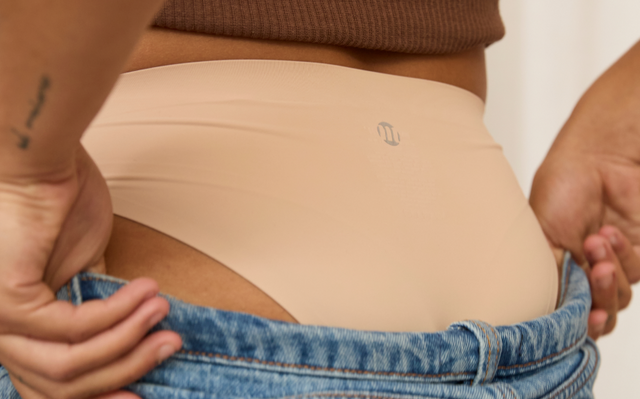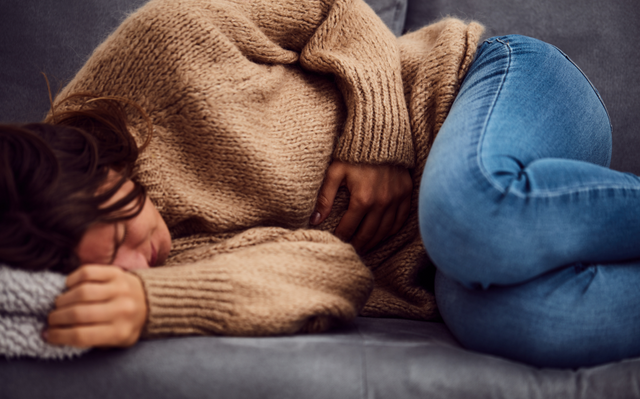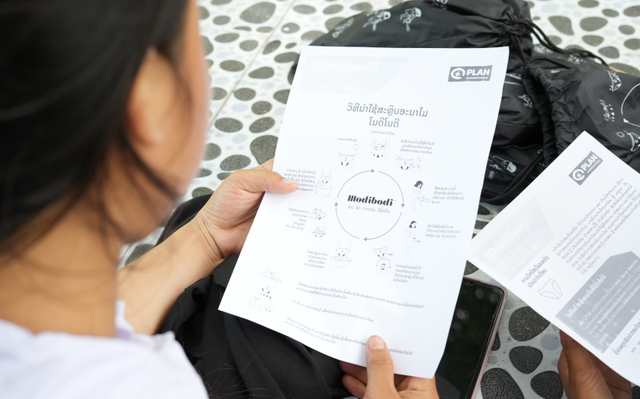Our menstrual cycles consist of 4 stages. And while each stage is important for different reasons, the luteal phase (the one that follows ovulation) influences everything from fertility to how you feel physically and emotionally.
Whether a doctor or specialist has suggested you have a short luteal phase or you’ve noticed it when you track your cycles, it’s important to know why it happens and how it can affect you.
To help us understand the luteal phase and its role in menstrual health, we spoke with Dr Ashwini Gana Baksaran, Principal GP at Sanctuary Wellness and Medical Centre. Here’s what she had to say.
The role of the luteal phase
The first stage of your cycle is the menstrual phase, which marks the beginning of a new cycle. This phase lays the groundwork for the rest of your cycle and it’s when you start to bleed.
Next comes the follicular phase. During this stage, your body produces egg-filled follicles that signal a surge in estrogen, which thickens the lining of your uterus in preparation for pregnancy. On average, the follicular phase lasts 16 days but can range from 11 to 27 days, depending on your cycle.
The next phase is ovulation. You’ve reached the ovulation phase when your ovary releases a mature egg. Ovulation is the time during your menstrual cycle when you can fall pregnant.
The luteal phase begins after ovulation and lasts until your next period begins. Dr Ashwini explains that you’ll get a period if an egg isn’t fertilised during the luteal phase. “At that point, progesterone is released, which helps thicken the uterus to prepare for another potential pregnancy.”
The luteal phase lasts 11 to 17 days, with the average length lasting around 14 days. As this phase ends, your body moves again into the menstrual phase.
Luteal phase discharge and other symptoms
If you notice a change in vaginal discharge during your luteal phase, don’t worry – it’s pretty common. This shift is all thanks to the hormonal changes happening within your body as you move through each stage of your cycle.
The slippery and stretchy discharge during ovulation tends to become thick and paste-like during the luteal phase. Think of it as your body’s way of winding down from the fertile window of ovulation.
Cramps, bloating, mood changes, bloating, breakouts, sugar cravings, basal temperature changes and other telltale signs of PMS typically appear during this part of your cycle, too.
Symptoms vary from person to person, though some (lucky) people experience no symptoms at all.
Get to know your cycle
Menstrual cycles are unique to every person who menstruates. Whether your luteal phase is short or long, Dr Ashwini recommends you seek support to understand what’s happening with your hormone and metabolic health and how stress is affecting your body. The right healthcare professional can help you with this.
In the meantime, our everyday range of moisture-wicking and leak-proof period underwear will keep you feeling comfortable and dry.








